Furniture for children - Managing Director of Arthur Berndt gives advices
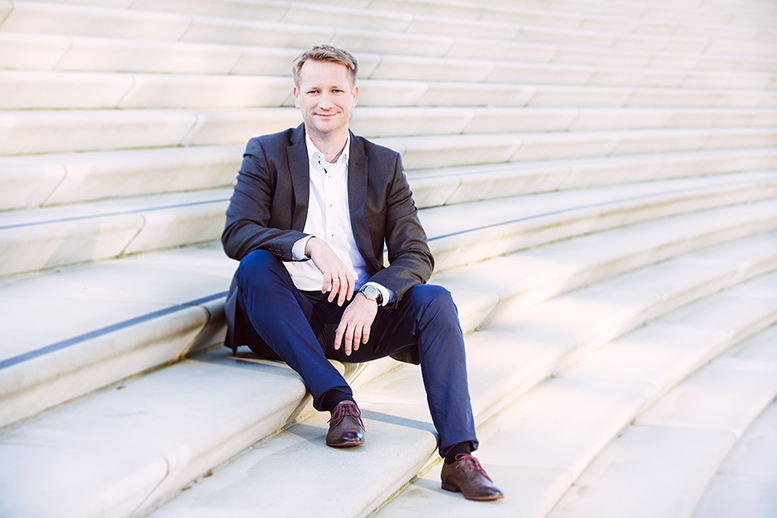
Latest news
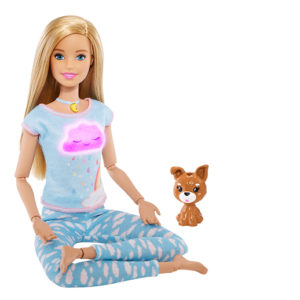
-ADVERTISEMENT- The wellness and fitness trend has arrived in the …
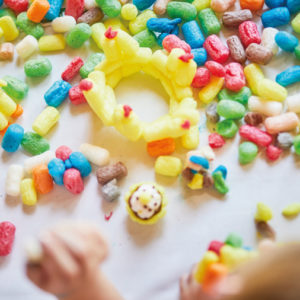
The fight against environmental destruction and the climate crisis are …
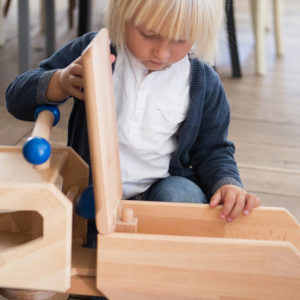
Anyone looking for new products in the field of toys, …
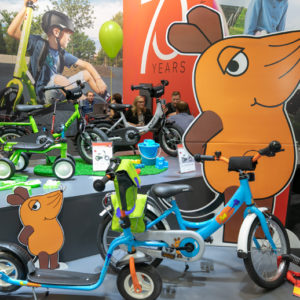
It is a market with huge dimensions and great potential. …

For companies, a social media presence has become indispensable and …

Hardly anything disturbs customers as much as waiting at the …

Research by TV station RBB has shown that some outlet …

The industry association Licensing International (formerly LIMA) has honored outstanding …
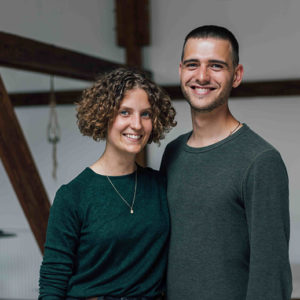
Communications manager Hannah König and managing director Stephan Schenk are …
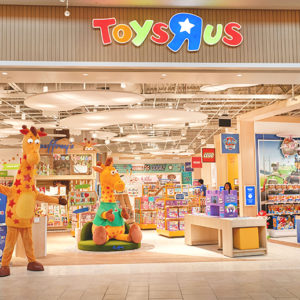
The toy dealer wants to leave his insolvency behind him. …
The shop for furniture for babies and children is on the move. Jens Kerschling, Managing Director of Arthur Berndt, reveals what it takes to be successful.
Arthur Berndt has existed since 1939. How have preferences for children’s furniture changed in recent years?
Jens Kerschling, Managing Director of Arthur Berndt: “When I remember my own childhood, I always have a child’s bed with sliding rungs in my mind’s eye. I think that was the only piece of furniture in many families at the time that was purchased specifically for their children. Today, it is already the case that our customers are specifically looking for furniture series that offer different pieces of furniture in a single design, such as the changing unit and the wardrobe. What we are currently noticing, certainly also because of the increasingly cramped living space in the cities, is a trend towards buying sets consisting of a bed and a changing unit. Another trend is towards functional furniture.
What are the current trends in materials, colours and shapes?
This is not so easy to answer in general, as it actually varies greatly from region to region in Germany. You can see, for example, that there is great demand in northern Germany for furniture with a minimalist and Scandinavian design. In the south of the republic, on the other hand, it can be a somewhat more pithy wood decor and a more “stable” piece of furniture. What is striking is that the customer very often chooses white furniture or light decor combinations.
Which new features distinguish your products and are in high demand by buyers?
In the lower price range, it is the functionality of the furniture and clean workmanship that are decisive. If one approaches the brand of 1000 EUR for a three-part baby furniture set (bed, changing chest, wardrobe), the customer rightly expects today that doors with damped hinges and drawers with self-soft-close function.
How do you adapt your range? How do you know today which products will be in demand tomorrow?
Every product is subject to a certain life cycle and must be renewed after a while. This is no different with our furniture. In order to keep up with the times when it comes to design and decor selection, we keep a very close eye on the market. There are a few product categories in the furniture industry that often set trends. Much inspiration in terms of materials and colours comes from the kitchen industry, for example. Of course, trade fairs are also a must for us to collect ideas and identify trends. Social media channels are becoming increasingly important. Personally, I also like to go to specialist retailers and get unbiased advice.
Where are your furniture made?
In Northern Germany. More precisely, in beautiful Schwarmstedt, north of Hanover. Here we have our industrial furniture production and warehouse logistics. It is still very important for us to produce in Germany ourselves and also to procure a large part of our raw materials in Germany. We always have control over production standards and act sustainably by not transporting our products all over the world.
How does “Made in Germany” help you sell your products? Is this a quality feature that parents pay attention to?
“Made in Germany” is still a quality feature all over the world. I think that parents will pay attention to where a product for the little darling comes from. Sustainability and conscious, regional shopping are currently very important issues in our society. These values have always played a very important role for us and we are now feeling very clearly with our customers that many are also changing their mindset. At the same time, we still face the exciting challenge of manufacturing good-quality, low-priced products in Germany.
Furniture by Arthur Berndt can be rebuilt and children can accompany them for so many years. How important is this sustainable feature for the buyers of your products?
The purchase of baby furniture is an investment not to be underestimated for expectant parents. In this respect, we feel that it is very important to design the useful life of our products as long as possible and thus offer our customers added value. Our baby beds can therefore be converted into a junior bed with the help of the conversion sides. The changing attachments of our changing chests can be removed so that they can be used even after the changing time. In addition, some of our series can be extended to a youth room. All this is very well received by our customers.
In the furniture industry there is often talk of price competition. Can you set yourself apart from the competition with “Made in Germany” and sustainable production?
In fact, a lot of furniture is manufactured in low-wage countries in Eastern Europe and Asia in particular. Despite transport, they are often cheaper on the German market than domestic products. We do not consider this to be particularly sustainable and try to offer our customers interesting alternatives from Germany in terms of price. In this context, the label “Made in Germany” is a special feature that underlines our values and distinguishes us from many market competitors.
Which distribution channels did you choose and what were the reasons for this?
Originally we come from the classic furniture trade. Over the years, the specialist baby trade has become more and more important for us. Baby furniture is a product requiring intensive consultation and I am convinced that the stationary specialist trade can offer added value in terms of consultation, even in times of online shopping. Our focus today is on the specialist trade, but of course we cannot and do not want to close ourselves off to e-commerce. We have also found competent partners in the online trade who present and sell our products in an appealing way.
What is the secret of success for good and popular baby and youth furniture?
I can’t tell you that here. Seriously, if you stand up for your cause with passion and focus on customer benefits, you’re doing a lot right! By the way, this doesn’t just apply to baby and youth furniture.
You might be also interested in:
Consumers place a strong focus on children’s textiles free of harmful substances
Scandinavian and sustainable: these are the trends in children’s furniture
Kind + Jugend 2019 - Growth in market volume for baby and children’s equipment
Link: The children’s furniture manufacturer Arthur Berndt focuses on sustainability and made in Germany.
Image: Arthur Berndt
//KH



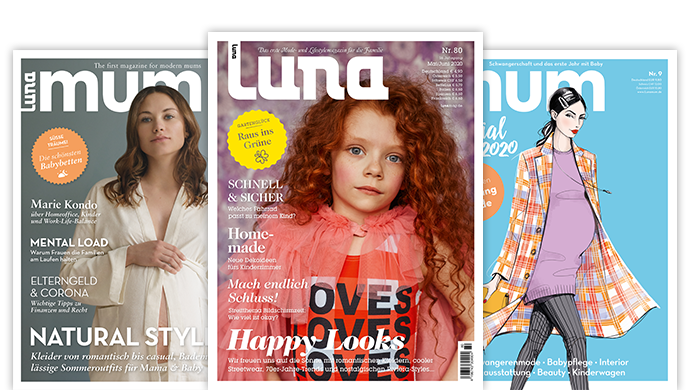
Leave a Reply